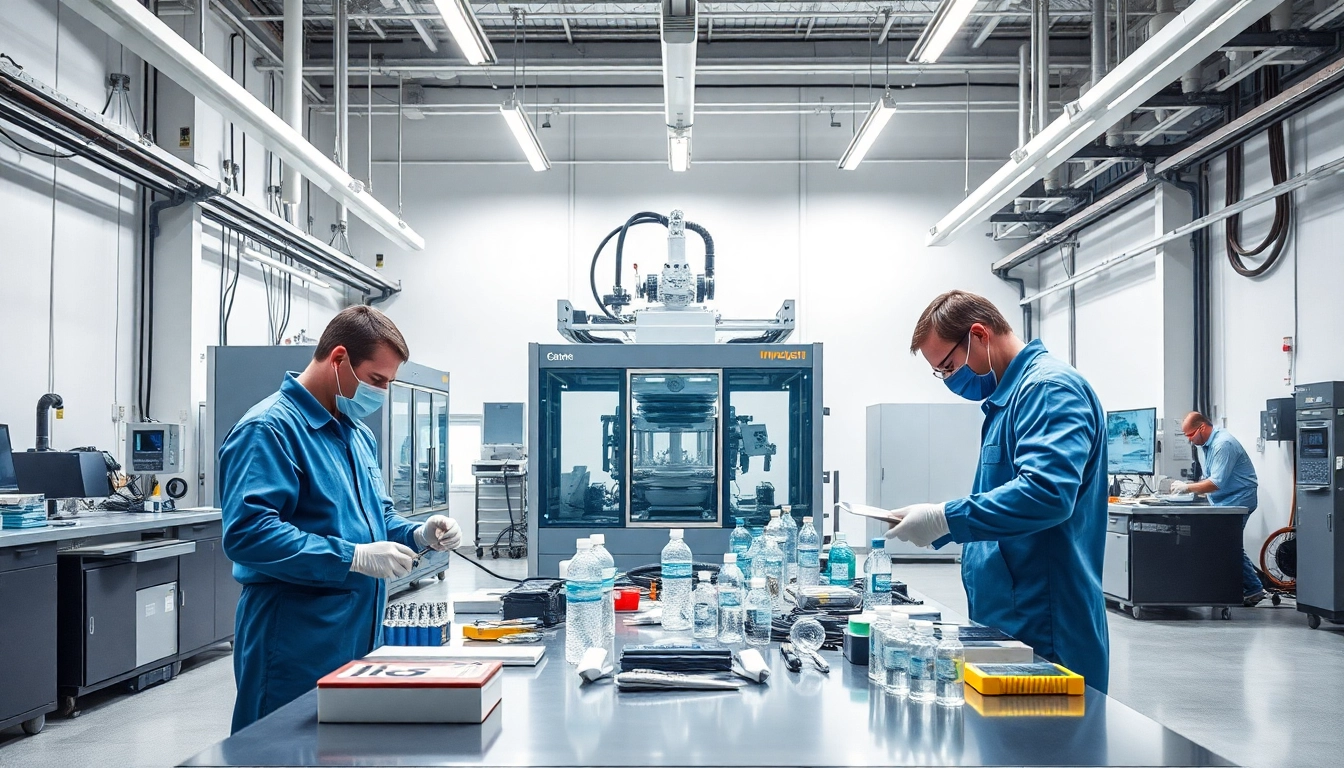The Basics of Infusion Resins
In the realm of advanced composite manufacturing, infusion resins play a critical role. These specially formulated resins are designed for the process of resin infusion, a method that combines resin and fiber materials to create strong and lightweight structures. Understanding what infusion resins are and their applications can lead to improved manufacturing processes and better end products.
What Are Infusion Resins?
Infusion resins are low-viscosity polymer substances that are integral to the infusion process in composite manufacturing. They are engineered to flow easily into a dry fiber preform under vacuum pressure. Unlike traditional lay-up methods, where resin is applied manually, infusion resins are introduced in a more controlled manner, allowing for uniform distribution and reduced voids in the final product. These resins are often based on epoxy, polyester, or vinyl ester systems, each tailored for specific performance characteristics.
Applications of Infusion Resins in Manufacturing
The versatility of infusion resins makes them suitable for a wide range of applications. Common sectors include:
- Aerospace: Infusion resins contribute to the lightweight and strength required in aircraft components, such as wings and fuselages.
- Marine: In boat manufacturing, infusion resins are utilized to create durable hulls that withstand adverse conditions.
- Automotive: High-performance automotive parts, such as panels and chassis components, benefit from the lightweight and strong characteristics of infusion resins.
- Sporting Goods: Items like surfboards and bicycles often use infusion resins to maximize performance while minimizing weight.
Popular Types of Infusion Resins
The market offers various types of infusion resins tailored for different applications. The most common types include:
- Epoxy Resins: Known for their superior mechanical properties and chemical resistance, epoxy resins are the go-to choice for high-performance applications.
- Polyester Resins: Generally more affordable, polyester resins offer good mechanical properties but are less chemically resistant compared to epoxies.
- Vinyl Ester Resins: Combining the benefits of epoxy and polyester, vinyl esters provide enhanced performance characteristics like corrosion resistance and thermal stability.
Understanding the Infusion Process
Step-by-Step Process of Resin Infusion
The resin infusion process, commonly referred to as vacuum infusion, consists of several key steps:
- Preparation of the Fiber Reinforcement: The dry fibers are arranged in the desired mold shape. This is a critical step as the fiber alignment can significantly impact the mechanical properties of the final product.
- Sealing the Mold: The mold is sealed to ensure no air escapes during the infusion process. A vacuum bag is typically used to create a tight seal around the prepared fibers.
- Vacuum Application: A vacuum pump is employed to remove air from the mold, creating negative pressure that assists in drawing the resin into the dry fibers.
- Resin Injection: The resin is injected using a feeder system, allowing it to flow through the fibers in a controlled manner.
- Curing: Post-infusion, the resin is allowed to cure either at room temperature or with heat to achieve the desired mechanical properties.
Tools and Equipment Needed for Infusion
To execute a successful resin infusion, several tools and equipment are required:
- Molds: Created from materials like aluminum or fiberglass, molds need to be designed to withstand the infusion process.
- Vacuum Pumps: Essential for creating a vacuum in the mold, which is critical for the infusion process.
- Resin Feed System: This can consist of tubes or manifolds to ensure that the resin is evenly distributed throughout the mold.
- Vacuum Bagging Materials: Including bagging film, sealant tapes, and breather materials to facilitate air removal and resin flow.
Common Techniques for Effective Infusion
Several techniques can improve the effectiveness of the resin infusion process:
- Controlled Vacuum Levels: Maintaining a consistent vacuum pressure throughout the process ensures optimal resin flow and minimizes the chance of defects.
- Resin Flow Optimization: Using flow media can help manipulate how the resin travels through the fibers for more uniform distribution.
- Temperature Management: Keeping the resin and mold at an optimal temperature can enhance cure times and final product properties.
Benefits of Using Infusion Resins
Improved Strength and Durability
One of the primary advantages of infusion resins is their ability to produce parts with high strength-to-weight ratios. During the infusion process, the resin fills every void in the fiber, leading to a more robust internal structure. This results in end products that not only resist physical stress but also environmental challenges, making them ideal for both industrial and consumer applications.
Enhanced Aesthetic Qualities
Infusion resins often yield parts that have superior surface finishes compared to other manufacturing methods. The controlled flow of resin reduces the likelihood of air pockets and surface imperfections, resulting in parts that are not only structurally sound but also visually appealing. This is especially important in applications where appearance is a significant factor, such as in automotive and marine industries.
Cost-Effectiveness in Production
While the initial investment in equipment and materials for resin infusion can be higher than traditional methods, the long-term cost savings are significant. Infusion resins allow for faster production times and reduced labor costs because the process can be automated and requires fewer manual operations. Moreover, the improved material efficiency leads to less waste, further enhancing cost-effectiveness.
Challenges in Working with Infusion Resins
Handling and Storage Considerations
Infusion resins can be sensitive to environmental conditions. Precise temperature and humidity levels are essential during storage to avoid premature curing or alterations in material properties. Additionally, safety protocols are paramount, as many resins require storage in well-ventilated areas away from direct sunlight and heat sources.
Potential Issues During the Infusion Process
Common challenges faced during the infusion process include:
- Air Voids: If the vacuum is not sufficient or the resin flow is too slow, air pockets can form in the final product.
- Resin Starvation: Insufficient resin can lead to weak points in the laminate, which can compromise the overall integrity of the part.
- Temperature Fluctuations: Inconsistent temperatures can affect curing rates and the final properties of the resin.
Tips for Troubleshooting Common Problems
To address the challenges associated with infusion resins, manufacturers can adopt several best practices:
- Conduct Thorough Testing: Routinely test material properties and process settings to determine optimal conditions for each production run.
- Monitor Environmental Conditions: Use climate control technologies to maintain appropriate temperature and humidity levels in the workspace.
- Refine Process Techniques: Regularly update injection techniques and vacuum protocols based on feedback from production outcomes.
Future Trends in Infusion Resins and Composite Manufacturing
Innovations in Resin Chemistry
Research and development in resin chemistry continue to advance, focusing on the creation of new formulations that improve performance and sustainability. Biobased infusion resins are emerging as viable alternatives, utilizing renewable resources to reduce environmental impact while providing excellent mechanical properties.
Sustainable Practices in Resin Infusion
As industries prioritize sustainability, the incorporation of eco-friendly infusion resins is becoming a significant trend. Manufacturers are exploring options for recycling leftover resins and cured materials to minimize waste and promote circularity within production processes. Furthermore, the development of resins that require less energy for curing and processing is being emphasized.
Emerging Technologies in Composite Manufacturing
Future advancements in composite manufacturing are likely to focus on automation and digital integration. Technologies such as automated fiber placement (AFP) and 3D printing with infusion resins are being explored to enhance production efficiency and flexibility. The integration of artificial intelligence for process monitoring and quality assurance is also on the horizon, promising further innovations in the field.



